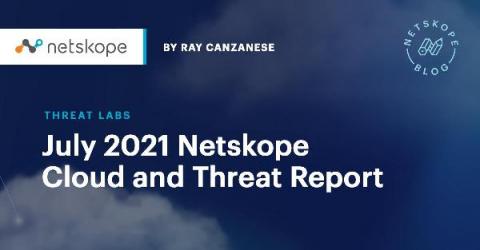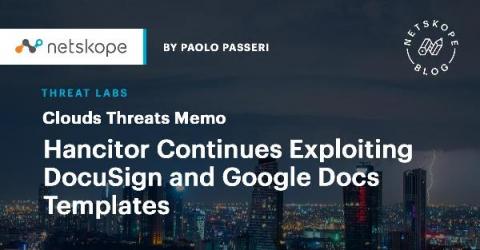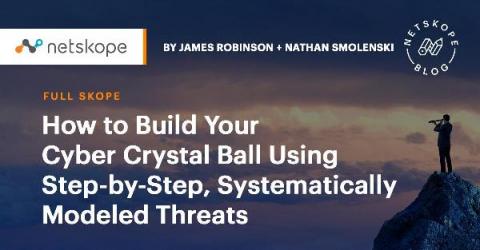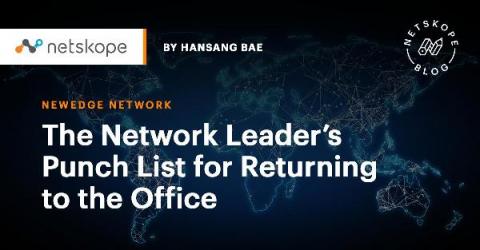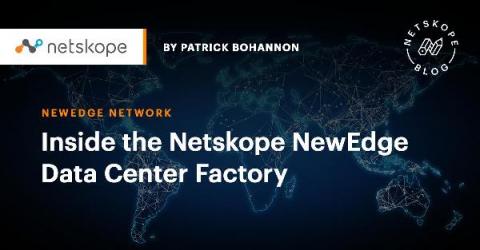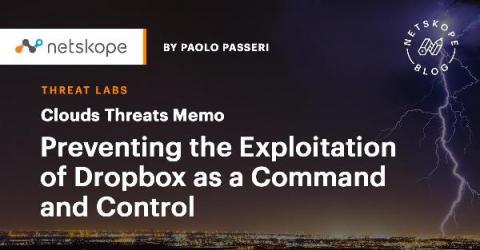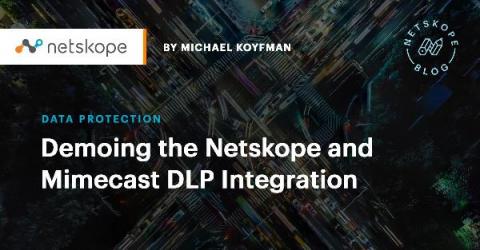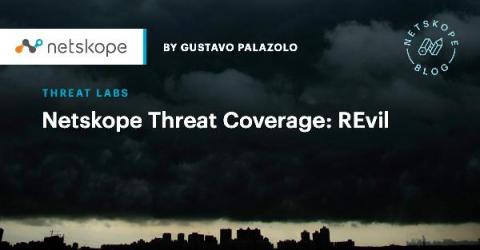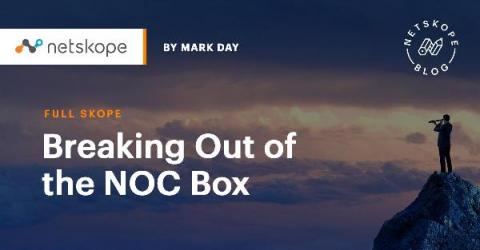July 2021 Netskope Cloud and Threat Report
The July 2021 Netskope Cloud and Threat Report is the latest installment of our research analyzing critical trends in enterprise cloud use, cloud-enabled threats, and cloud data transfers. Enterprise cloud usage continues to rise, driven by collaboration and consumer apps, a continuation of a trend that started at the beginning of the COVID-19 pandemic and continues through today, as 70% of users on the Netskope Security Cloud continue to work remotely. At the same time, attackers continu


